
hippocampal-entorhinal electrophysiologist
Moser & Dunn Groups • KISN Norway

Poster #PS01-26AM-004 (WED)
Presenting my work on remapping of neural populations across the HPC-EC circuit using data from 3 simultaneously-recorded Neuropixels 2.0 probes (CA1-MEC/PaS-Sub) in freely moving rats exploring 5 different rooms over 12 hours!
We found a preference for visual objects in the mouse spatial navigation system where they dynamically refine head-direction coding. In short, objects boost our inner compass! 🧭
www.science.org/doi/10.1126/...
🧵1/

We found a preference for visual objects in the mouse spatial navigation system where they dynamically refine head-direction coding. In short, objects boost our inner compass! 🧭
www.science.org/doi/10.1126/...
🧵1/
www.biorxiv.org/content/10.1...
🧠👩🏻🔬🧪🧵
#neuroskyence
1/

rdcu.be/evWtz
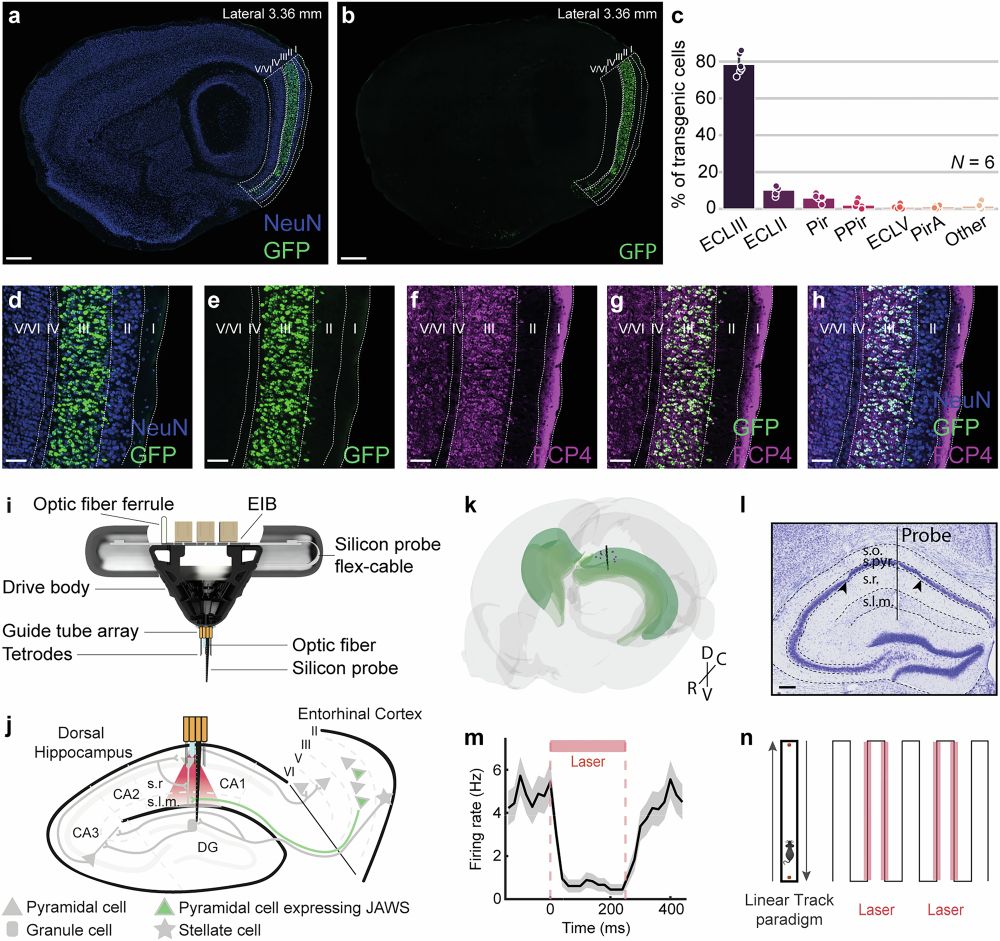
rdcu.be/evWtz
www.cell.com/cell/abstrac...
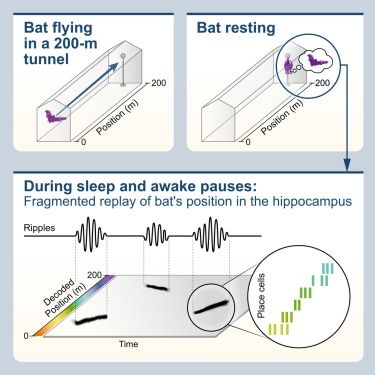
www.cell.com/cell/abstrac...
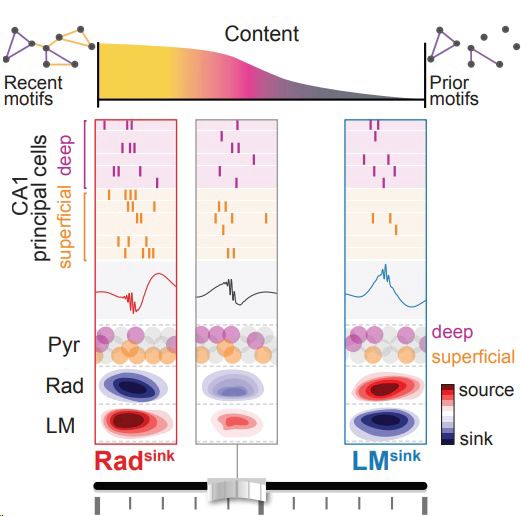
Explains emergence of multiple grid cell modules, w/ excellent match to data! Novel mechanism for applying across vast systems from development to ecosystems. 🧵👇
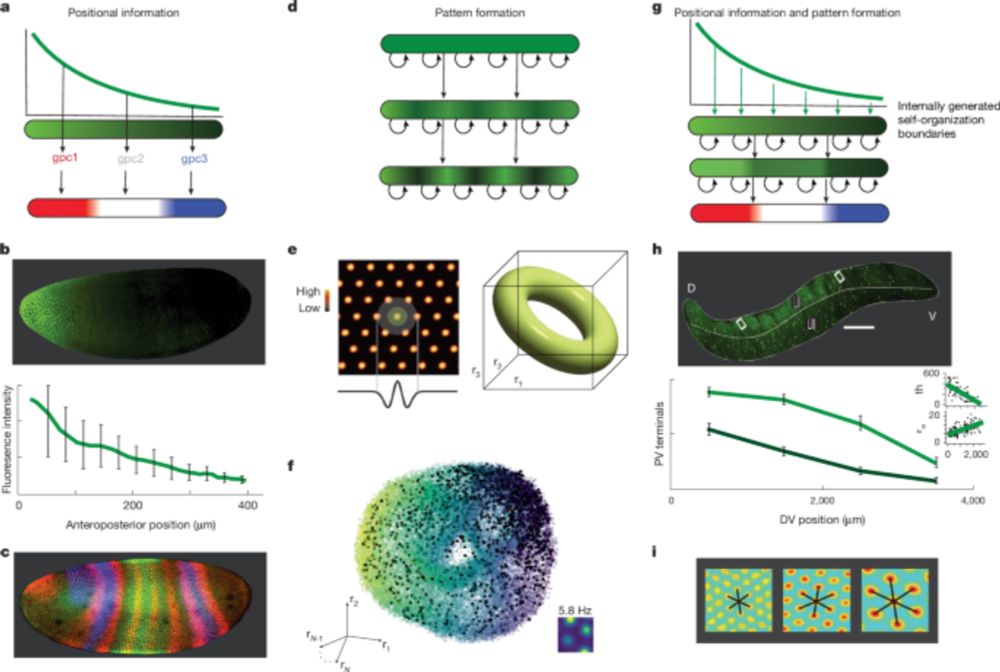
Explains emergence of multiple grid cell modules, w/ excellent match to data! Novel mechanism for applying across vast systems from development to ecosystems. 🧵👇
#KiloNeurons @m-bmoser.bsky.social @kavlintnu.bsky.social @nature.com
@kavlifoundation.bsky.social
www.nature.com/articles/s41...
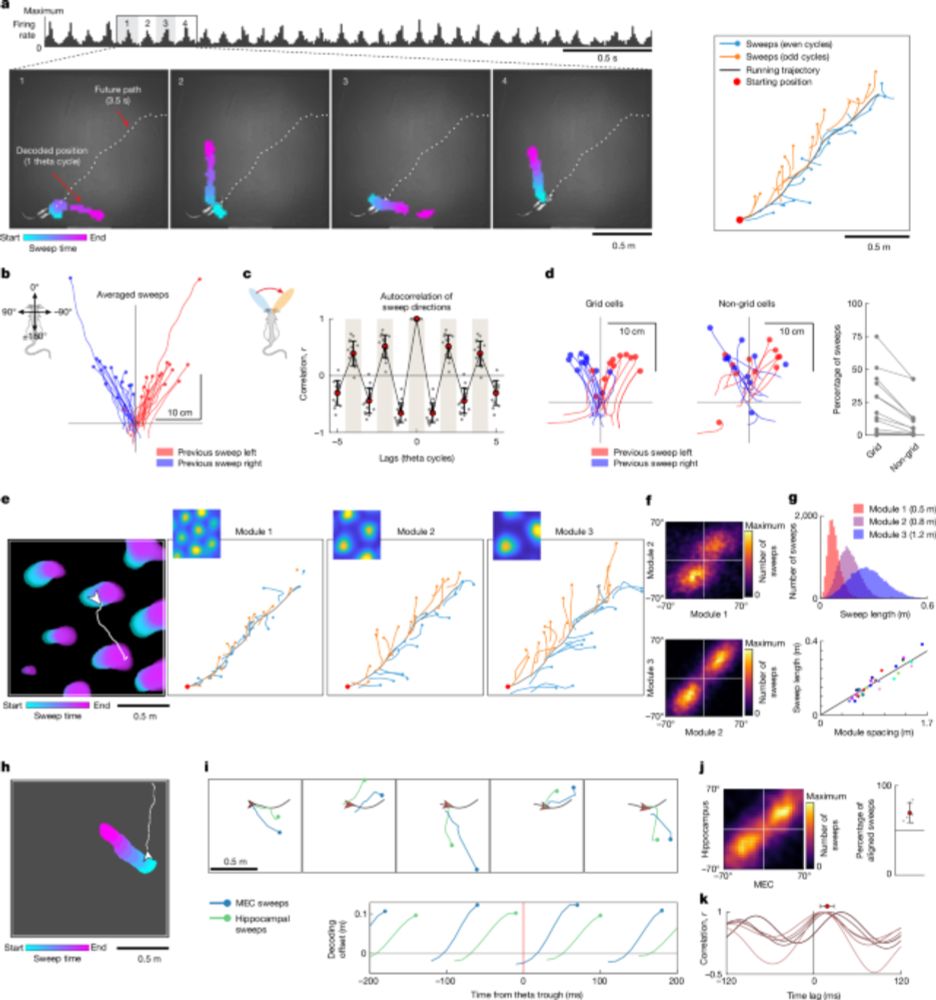

Our interpretation of the environment depends on our actions, constantly evolving as we pursue our goals
www.nature.com/articles/s41...

Our interpretation of the environment depends on our actions, constantly evolving as we pursue our goals
www.nature.com/articles/s41...

@kavlintnu.bsky.social

@kavlintnu.bsky.social
In any case, can't get enough of watching them sleep 😴🐙 Look at this symphony of patterns and movements! Incredible.
youtu.be/006DjAixu9E?...

In any case, can't get enough of watching them sleep 😴🐙 Look at this symphony of patterns and movements! Incredible.
youtu.be/006DjAixu9E?...
#neuroskyence
www.nature.com/articles/s41...
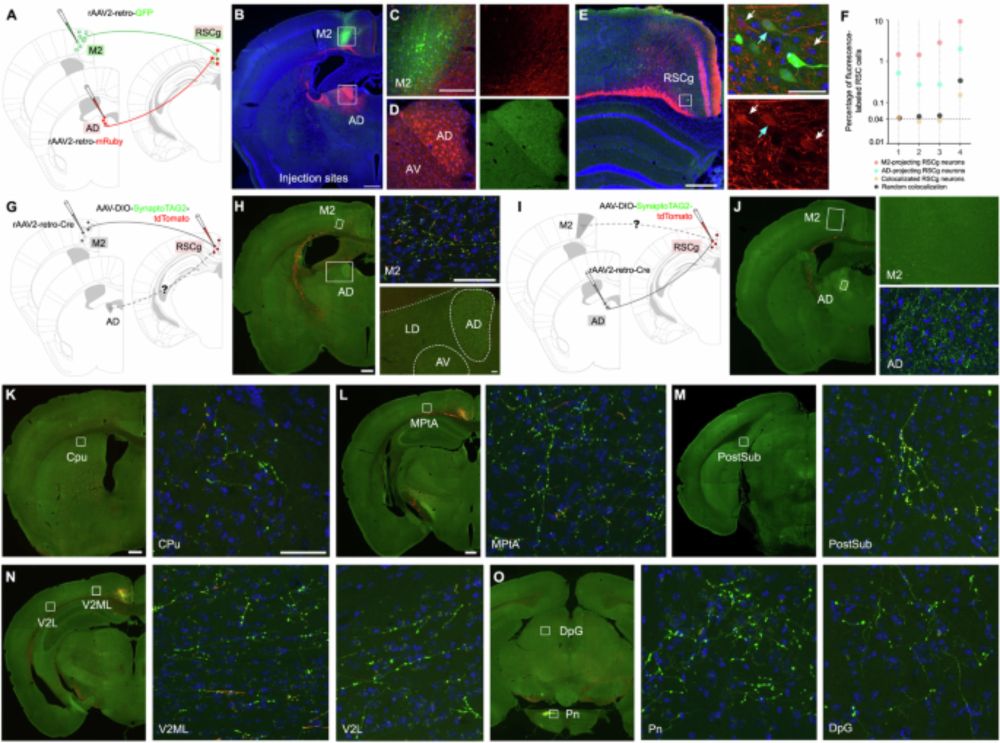
#neuroskyence
www.nature.com/articles/s41...
5/

5/
Raw files vs. spike times x behavior or something in between?? Or both?

Raw files vs. spike times x behavior or something in between?? Or both?
I created a starter pack for the growing community of hippocampus physiologists that have joined the great migration. Also included the physiology-adjacent.
Tell me who I haven’t found yet
I created a starter pack for the growing community of hippocampus physiologists that have joined the great migration. Also included the physiology-adjacent.
Tell me who I haven’t found yet
BVC models perform remarkably well, but we hope this dataset/approach becomes a resource for testing/refining place cell models
#NeuroSky #NeuroAI 🧪🧠
tinyurl.com/4juhmad8

BVC models perform remarkably well, but we hope this dataset/approach becomes a resource for testing/refining place cell models
The others one are www.biorxiv.org/content/10.1...
And www.nature.com/articles/s41...
The others one are www.biorxiv.org/content/10.1...
And www.nature.com/articles/s41...



